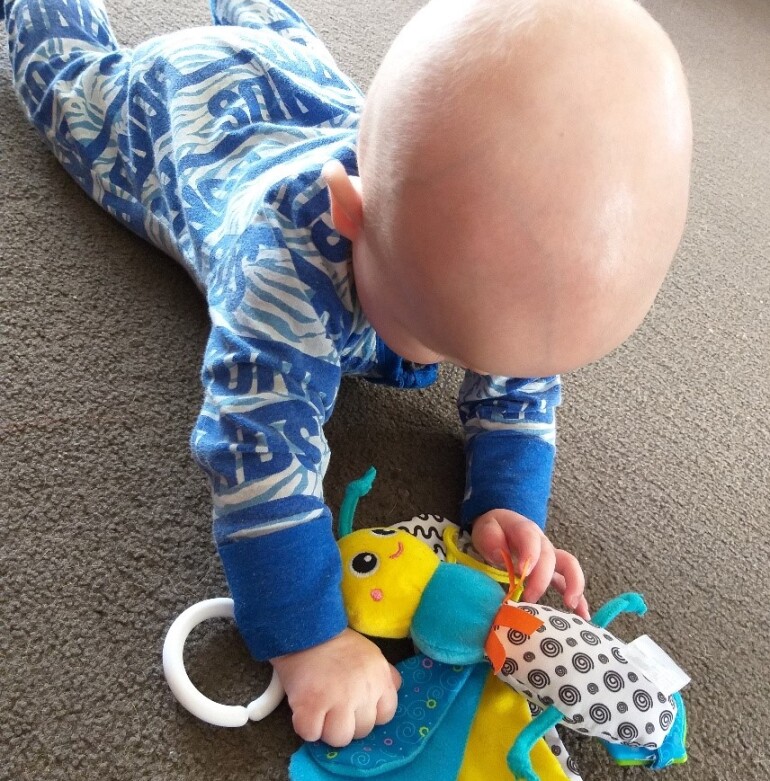News And Events

Crossing The Midline
24 July 2020Crossing the body's midline is the ability to reach across the middle of the body with the arms and legs. This allows children to cross over their body to perform a task on the opposite side of their body. Crossing the midline is vital to promote the co-ordination and communication of the left and right hemispheres of the brain, enabling us to walk, climb stairs, put on shoes and socks, brush our teeth, read and write.
At around 3 months, infants can cross the midline with their eyes as they visually track an object moved in an arc in front of them. By 6 months they begin reaching across the body with one hand, and around 8 months they cross the midline with both hands by transferring objects from one hand to the other.
Crossing the midline requires the involvement of many skills, including body awareness, hand-eye co-ordination, muscular strength, and most importantly brain communication.
What are the building blocks necessary to develop the ability to cross the body’s mid-line?
- Bilateral integration skills (using both sides of the body at the same time).
- Core stability and trunk rotation: The muscles of the trunk that helps to stabilizing the body so the arms and legs can be moved with control.
- Hand dominance: The consistent use of one hand or foot most often that allows refine movement control to develop.
- Planning and sequencing: The ability to follow multi-step instructions to achieve a defined outcome or end point.
- Body awareness: The information that muscles and joints send to our brain that tells us about our body position.
(information from www.childdevelopment.com.au)
Providing lots of sensory experiences and fostering movement and exploration is one of the best ways you can help your tamariki learn this skill. Provide space for tummy and floor time with the freedom to move and play. Join pepi on the floor to spend time together; pass toys to-and-from each other across your bodies. For older children, play games such as touching your right foot with your left hand, play a game of “Simon Says” and introduce instructions that involve crossing the midline or kick a ball outside using a dominant foot only to kick across the body. Digging in a sandpit is another great activity as children use one hand to dig and transfer sand from one side of their bodies to another. Arts and crafts such as threading, cutting and pasting, and folding paper is another good activity to cross the midline.
When a child spontaneously crosses the mid-line with the dominant hand, then the dominant hand gets the practice needed to develop good fine motor skills by repeated consistent hand dominance. Being able to cross the midline spontaneously helps children to develop good reading and writing skills as they are able to track words from left to right.


